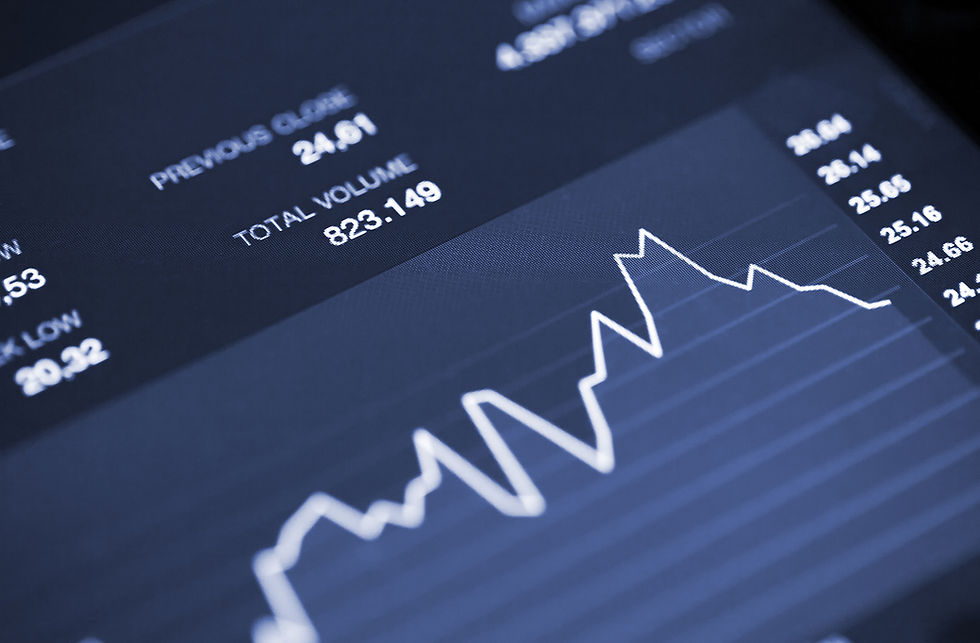Be Wary of "Great" Investments
- Jerold Tweddell
- May 23, 2017
- 2 min read

Humans are hard-wired to seek good and avoid bad—it’s one of our critical survival
mechanisms. It serves well in day-to- day activities, however, it can be a hazardous investment strategy.
Most folks simply characterize “bad” stocks, mutual funds or markets as those that have been going down for a while. Conversely, when prices have been rising, stocks and funds are “good.” If they’ve been going up for a long time, they can even be “great!”
Naturally, investors strive to buy good and great stocks/funds and there is never a
shortage of experts egging them on. However, if you are trying to construct a sensible investment program, you should be very wary of buying “great” stocks and mutual funds because greatness has only limited predictive value at best, and, at worst, can be destructive.
In 1995 there were 18 funds in Morningstar’s Specialty-Technology category.
Technology stocks soared in the years that followed and, due to popular demand, the number of tech funds grew five-fold to over 90. In 2000 they hit the wall and in the tech-wreck that followed, scores of “good/great” mutual funds lost 80% of their value.
The transformation from great to ghastly, and back again, isn’t confined to Wall Street.
On Main Street, before the “Great Recession,” residential real estate was great. Then it became a “disaster,” and now−eight years into the economic recovery, it’s fair to say residential real estate is great again.
People think in a linear fashion; that is, we tend to believe that what has been good is likely to stay good; badness is just as likely to persist. These assumptions serve us well most of the time. However, Wall Street is not a one-way street—it is cyclical—and if you project obviously good or bad trends in a straight line to the horizon and beyond, you’ll be denying history and likely be buying near cyclical tops and selling near bottoms. J. P. Morgan was asked what the market was going to do and he famously said, “It will fluctuate.” He wasn’t kidding.
Human nature and cyclicality takes their toll on returns. The average mutual fund
investor receives lower returns than the very funds he or she invests in as shown in a Vanguard study published in January, 2017. The difference between annualized fund returns and investor returns for the ten years ended December 31, 2015 was significant:
Fund Returns Investor Returns Return Gap
US Equity Funds Fund Returns: 6.58% | Investor Returns: 5.84% | Return Gap: 0.74%
International Equity Funds
Fund Returns: 3.91% | Investor Returns: 2.67% | Return Gap: 1.24%
Taxable Bond Funds
Fund Returns: 4.08% | Investor Returns: 3.26% | Return Gap 0.82%
The lesson? While you can’t predict or control the economy, interest rates or the stock market, there is one thing under your complete control: your own behavior. Benjamin Graham summed it up nicely: “The investor’s chief problem−and his worst enemy−is likely to be himself. In the end, how your investments behave is much less important than how you behave.”
Emotions are powerful drivers and keeping them in check is critical because you simply can’t afford to make the mistakes made by the average investor.
–Jerrold Tweddell




































Comments